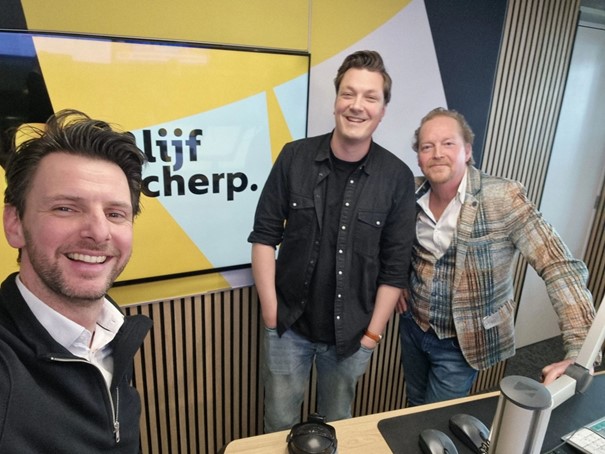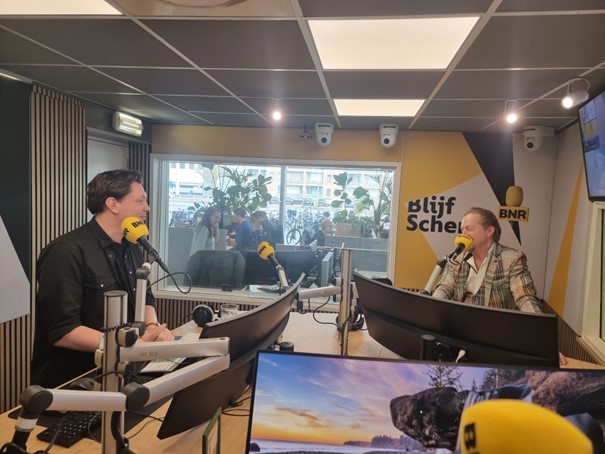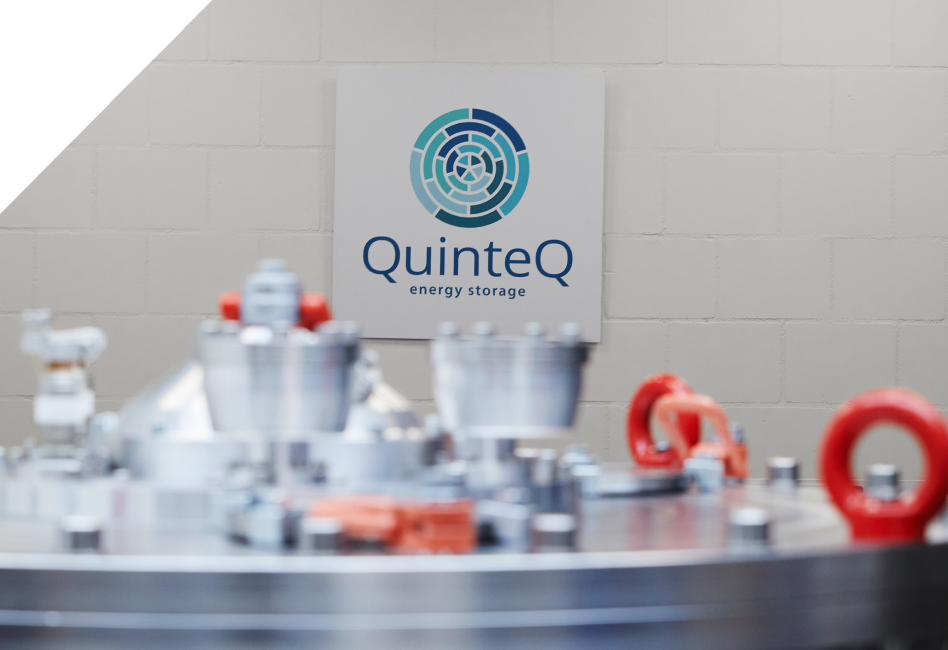
[March 28, 2024] – Today, our CEO & Founder Paul Vosbeek was interviewed on BNR Nieuwsradio by Jelle Maasbach and Martin Luxemburg as a guest in their program “World Players”, discussing the origins of QuinteQ and what’s to come. If you want to learn more about the genesis as well as the future of the QuinteQ company, please listen to the audio link below. And of course, it is always a good thing to be mentioned in the same heading as ASML!
About the episode: In recent weeks, the government has been working on a plan to keep ASML here in the Netherlands. The chip machine maker was disappointed with the business climate and threatened to leave. The government then worked hard behind the scenes on a plan. Political reporter Mats Akkerman updates us on the state of affairs. Once part of Boeing, QuinteQ is now an innovative Dutch company. Founder and CEO Paul Vosbeek explains how he ended up back in his own country via the American aircraft manufacturer, and how the flywheels he makes can help to relieve the overcrowded power grid.

Click the link below for the audio file. The origins of QuinteQ Energy starts at 7:05 mins (in Dutch). Read more about our history here.


